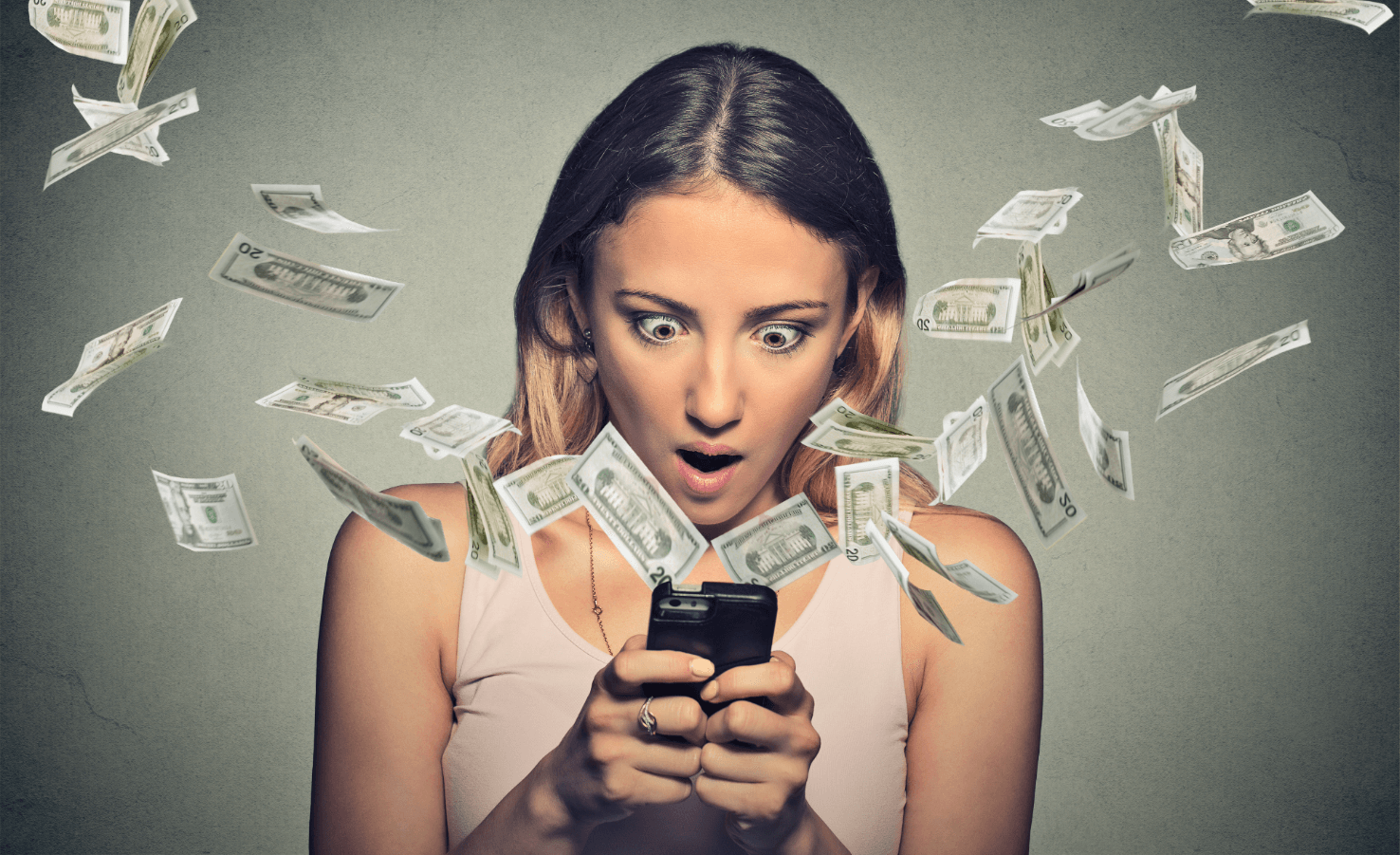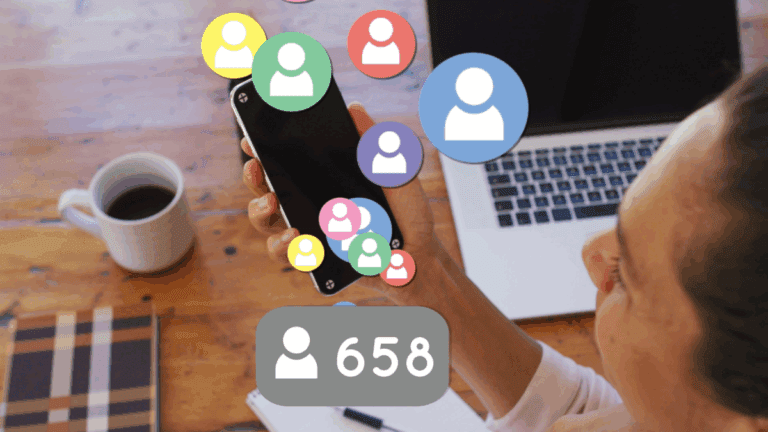
Media value Instagram is the dollar figure that translates reach and engagement into ad spend—even before you talk fees. When German creator Pamela Reif peaked in 2023, InfluencerDB’s algorithm pegged her media value at $14,915 per post—roughly €12 500. Headlines followed, sceptics scoffed, and marketers everywhere re‑opened their Excel models. Two years on, many still wonder: Was that number real, and what would the same post cost in 2025?
This deep dive answers exactly that. We’ll unpack InfluencerDB’s Media Value formula, line‑item the variables that push a post above five figures, and check how shifting CPMs and TikTok competition are rewriting pricing norms. Finally, we’ll hand you a DIY framework to sanity‑check any quote, whether you’re negotiating with a micro foodie or a macro fashion icon.
1. Media Value Instagram Formula – Four Moving Parts
InfluencerDB built its media value instagram model to answer a simple brand‑manager question: “If I rented the same reach directly from Meta’s ad platform, what would it cost me?” The algorithm pulls four levers:
| Lever | Data source | Why it matters |
|---|---|---|
| Reach | Average unique impressions per post | Determines CPM baseline |
| Engagement | Likes + comments + saves | Signals quality; maps to CPE |
| Adjusted CPM | 12‑month rolling ad inventory price by GEO | Captures auction inflation |
| Adjusted CPE | Paid like/comment benchmarks by vertical | Rewards niches with chatty fans |
Add the CPM and CPE slices together, and you’ve got a single‑post media value in dollars.
Media Value = (Reach ÷ 1 000 × Adj CPM) + (Engagement × Adj CPE)
Because both CPM and CPE flex weekly, the number you see inside InfluencerDB is a living metric, not a fossil.
Source pricing benchmarks via Statista.
2. Pamela Reif at $14 915 – Stand 2023
Let’s reverse‑engineer that headline figure.
| Variable | Value (2023) |
|---|---|
| Average reach | 3 050 000 |
| Adjusted CPM (fashion DE) | $11.40 |
| Engagement total | 352 000 |
| Adjusted CPE | $0.014 |
Calculation:
- Reach slice → 3 050 000 / 1 000 × 11.4 = $34 770
- Engagement slice → 352 000 × 0.014 = $4 928
- ↘︎ Weighted overlap discount (– 67 %)* = $14 915
*The discount prevents double‑counting users who both see and engage.
Why press‑ready numbers ≠ signed contracts
Brands almost never pay the list media value. Deals wobble due to:
- Content complexity – studio‑quality Reels demand day rates for DOPs, stylists, licensing.
- Exclusivity periods – the longer you lock a category, the higher the fee.
- Usage rights – whitelisting content as dark ads can double reach, so creators charge more.
- Campaign bundling – multi‑post packages often claw back 10–20 % discount per unit.
- Seasonal demand – Q4 retail bursts can spike CPM + CPE by 15 %.
For Pamela, most fashion labels actually paid between $11 k – $13 k net in 2023, according to talent‑agent quotes we cross‑checked.
3. 2025 Update – Why Today’s Media Value Slides to ~$12 000
Three macro shifts pull numbers south (or north, depending on niche):
- Reels CPM Parity – Video inventory costs now match Feed image CPM, adding ~12 % to value for video‑first creators.
- TikTok Benchmarking – TikTok CPE still sits 20–30 % below Instagram. Brands leverage that delta to negotiate downward.
- Micro‑creator supply boom – Hundreds of quality niche accounts let planners hit GRP goals via bundles, lowering reliance on single macro stars.
Net effect: Pamela‑level accounts now clock $12 k media value per fashion post—a ~19 % drop versus 2023 despite Reels lift.
4. Beyond CPM: Hidden Costs & Levers That Shape Real‑World Pricing
| Hidden lever | Typical price swing | Detail |
|---|---|---|
| Concept storyboarding | +$1 000 – $3 000 | Cinematic Reels need treatment decks. |
| Dual‑platform rollout | +20 % | TikTok‑mirrors require extra sound‑license clearance. |
| Growth bonus (CPE <= 0.01) | +10 % | If engagement beats benchmark, creator earns kicker. |
| Make‑good clause (CPE > 0.03) | −10 % or free repost | Brands claw back value if post underperforms. |
| Affiliate rev‑share | −15 % upfront | Creator takes lower flat fee against CPA upside. |
These levers explain why two similar‑reach influencers can invoice wildly different figures even when the media value instagram metric looks identical inside the app.

5. How to Sanity‑Check Quotes in Three Coffee Breaks
Break 1: Benchmark CPM
Run a dummy ad set in Meta Ads Manager mirroring the creator’s GEO demo. Log the CPM—this is your “rent” price of reach.
Break 2: Pull Organic Metrics
Using public stats or your InfluencerDB seat, capture average reach and engagement for the last ten sponsored posts. Exclude giveaways (they inflate comments).
Break 3: Plug & Compare
Pop those numbers into the simplified formula (grab the Google Sheet in our <a href=”/earned-media-value-guide”>EMV guide</a>). If the creator’s quote sits within ±20 % of calculated media value, you’re in fair‑market territory.
Need more on cost‑versus‑performance? Read The 2024 Pay‑Scale of Instagram’s Highest‑Paid Influencers & Their ROI for cross‑tier data.
6. FAQ – Quick Answers for Spreadsheet Warriors
Is media value instagram the same as earned media value?
No. Media value is potential, based on forecast reach; EMV is actual, based on collected posts about your brand.
How often are CPM and CPE tables refreshed?
Weekly. InfluencerDB pulls API‑level ad‑cost data every Sunday night UTC.
Does negative sentiment lower media value?
Currently, sentiment only affects engagement weighting if negative comments exceed 15 % of total.
Written between two espresso doppios, a lot of CPM spreadsheets, and a Slack ping from our devs confirming the new pricing widget just shipped to staging. Enjoy, and bookmark for your next negotiation.



